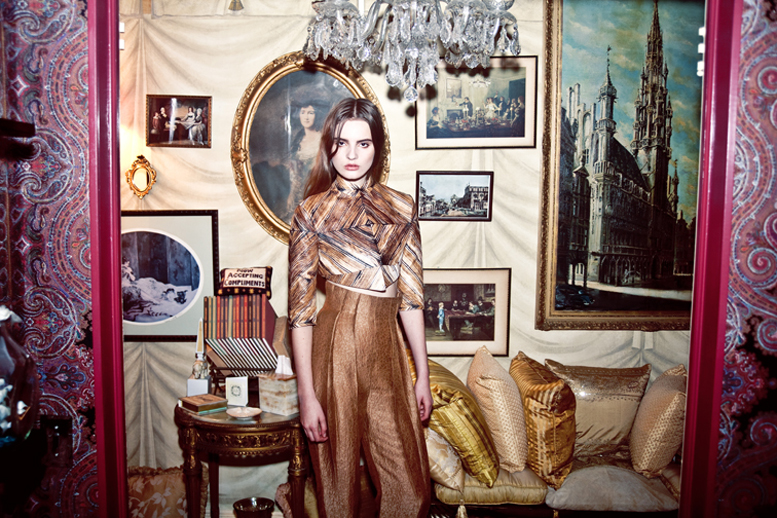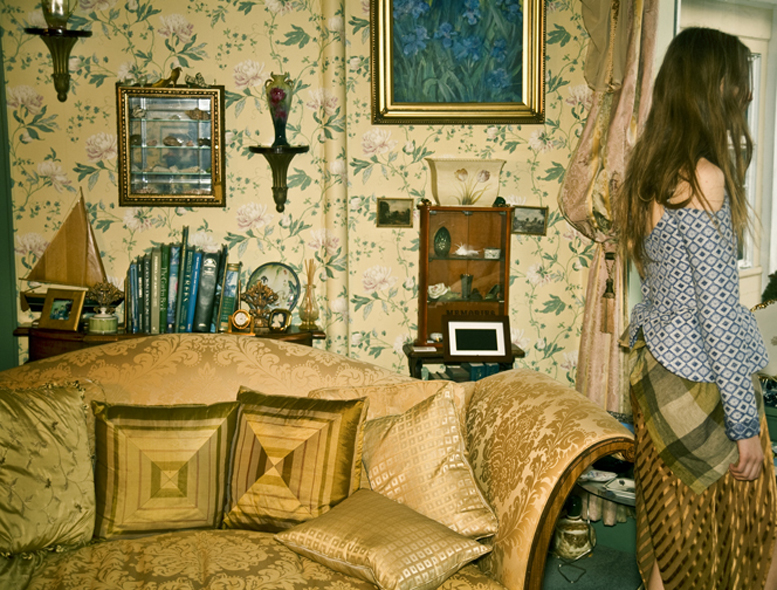text by Abe Chabon
photography by Jenna Westra
For the debut of their Collection 9.5, A--Company, founded by designer Sara Lopez, partnered with the iconic jeweler LL, LLC and the groundbreaking director Daphné Dumons for a restaging of Anne Carson’s Antigone. The use of a play, and an ancient Greek tragedy at that, as the medium for a fashion show was unfamiliar to me, but for Lopez it felt right. Lopez told me that the combination of artistic mediums with fashion, jewelry, acting, set design, and directing was, “the culmination of many of my interests.” Lopez has long drawn inspiration for her collections from what she is reading, and for her, Antigone was the obvious choice. “I’ve been collecting translations of Antigone for years” she wrote me, “It’s a story that's embedded in our collective unconscious about individuals entangled in tragic dilemmas as conflicting moral codes clash. It reveals a humanity acutely aware of its destiny while grappling with a sense of powerlessness in the face of it. As one of the most performed plays, it’s a story that’s worthy of telling again and again.” When she decided on Antigone, Lopez assembled a reference board of texts, as inspiration for both the clothes and the performance that would show them. In interpreting the ancient text she drew from writers and theorists such as “Judith Butler, Jack Halberstam, Gloria Anzaldúa, and Sarah Ahmed. In Cruising Utopia: The Then and There of Queer Futurity, José Esteban Muñoz says, “Queerness is not yet here. Queerness is an ideality. Put another way, we are not yet queer, but we can feel it as the warm illumination of a horizon imbued with potentiality.” It’s this potentiality that I’m interested in. Working with Anne Carson’s translation of Antigone in a Brechtian manner offered a way to think about how we can move towards this horizon that he speaks about in the here and now.”
The show, performance, exhibition, may be best described as a “half-way dressed rehearsal.” The actors/models take centerstage on a raw set—black walls, a hanging suit represents the body of Polynices, a painted family tree—wearing hem-less suits, sleeveless coats, and dresses made of shirts. The clothing folds in on itself, layers both in and out and sleeves drape from backs and shoulders. The collection does not feel unfinished so much as unrestricted. With each article of clothing there is an implied process that does not begin and end with the clothes being made and bought, but continues on through how they are worn and how they move on the wearer's body. This uncensored process is mirrored in the performance itself. Models flub and retry their lines, read directly from script pages that they throw to the floor when finished. The director, Daphné Dumons, frequently took the stage herself, to instruct her actors and ask for suggestions. At one point a scene was retried three times before Dumons decided that it would be best to just move on. Neither the set nor the performances ended at the foot of the audience chairs. The crowd was lit as fully as the actors who spoke and made direct appeals to us.


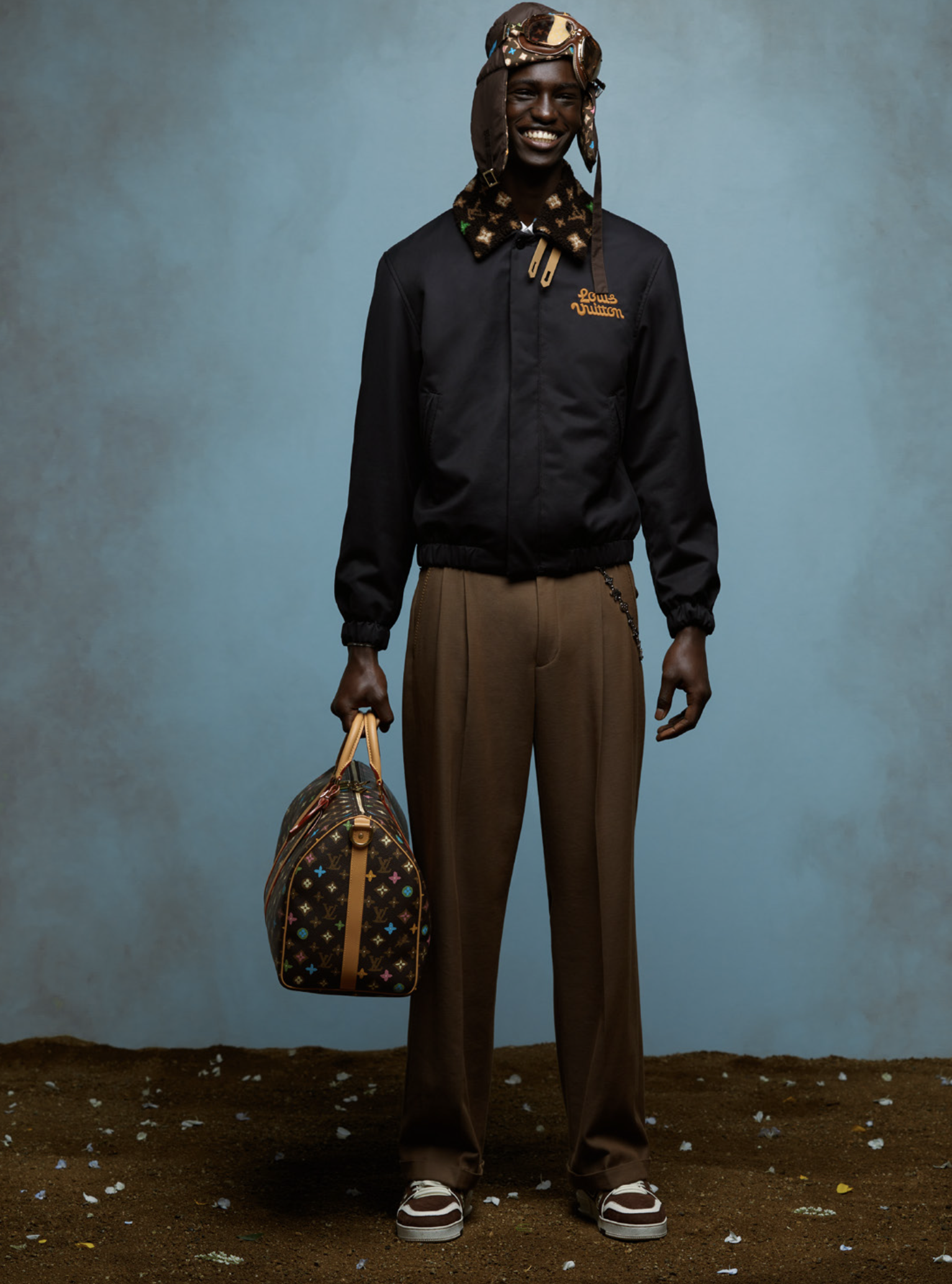
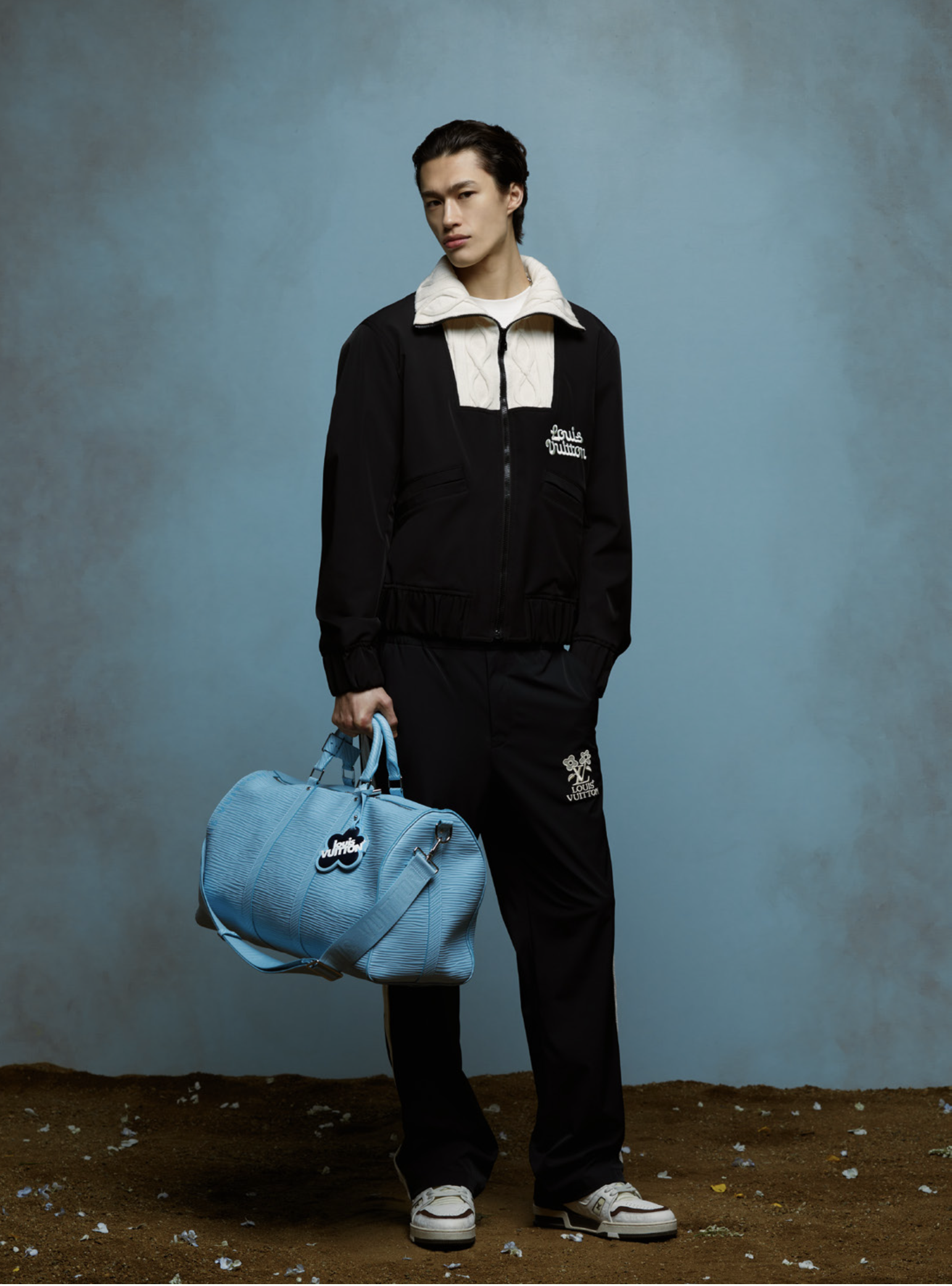
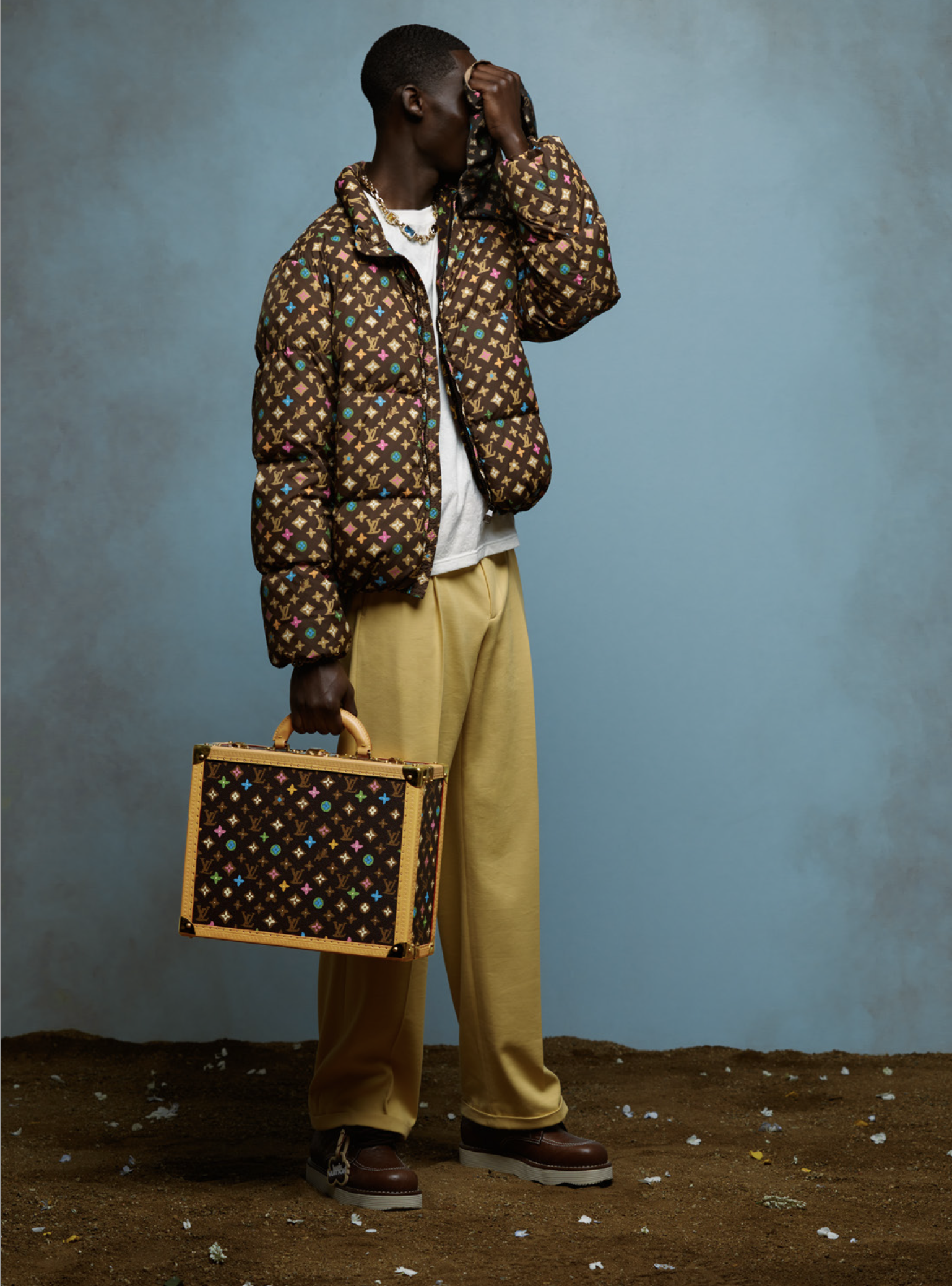
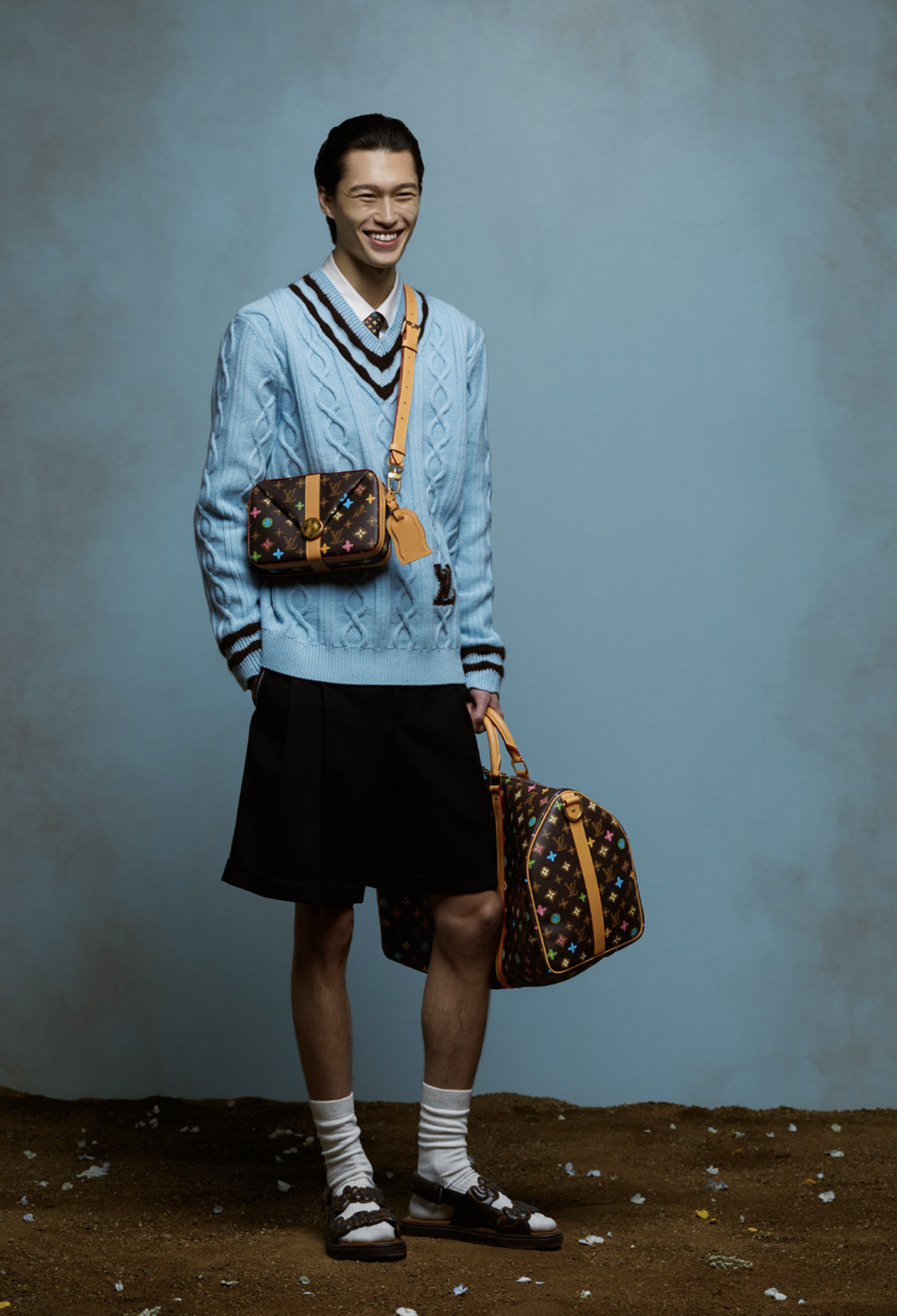




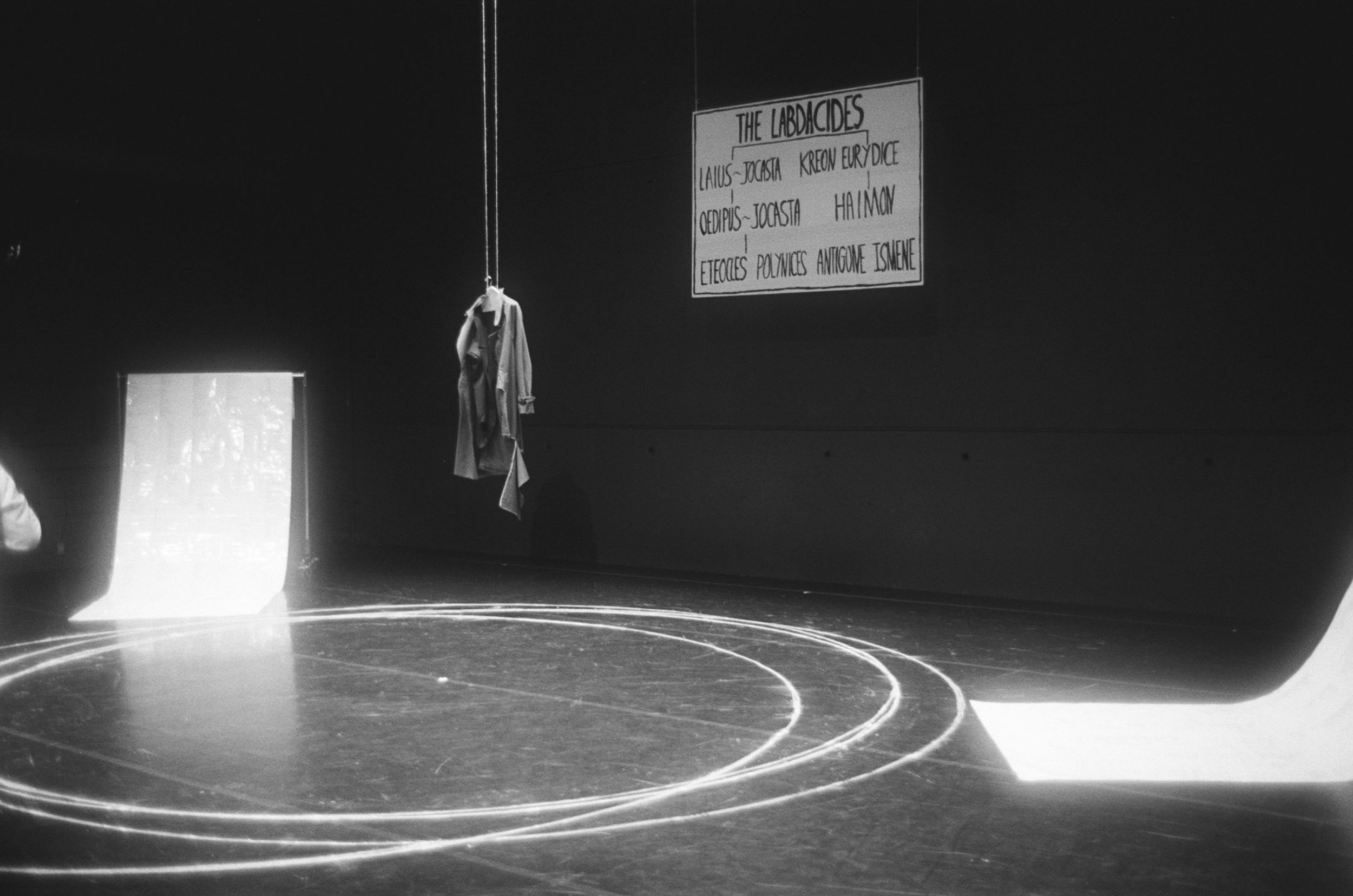




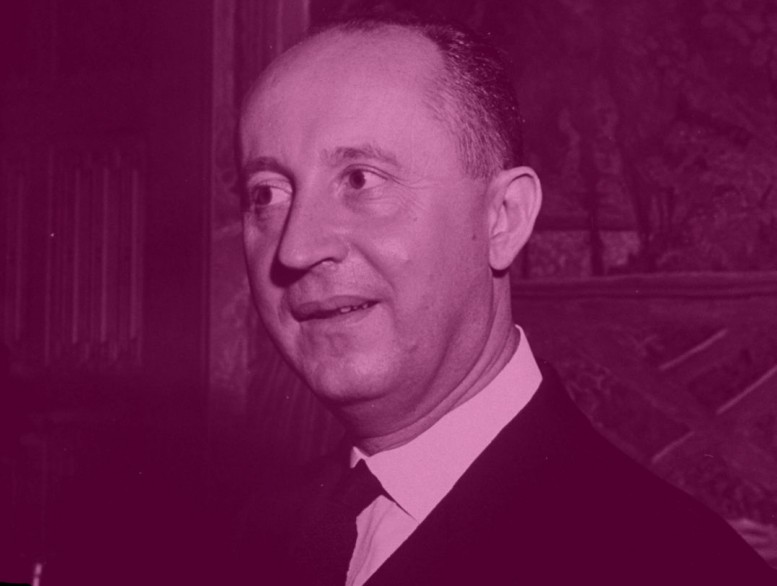
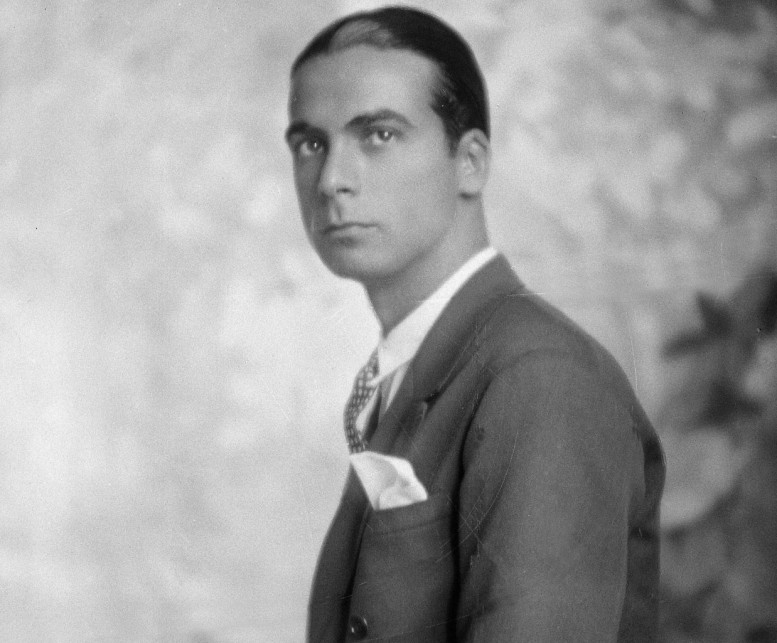
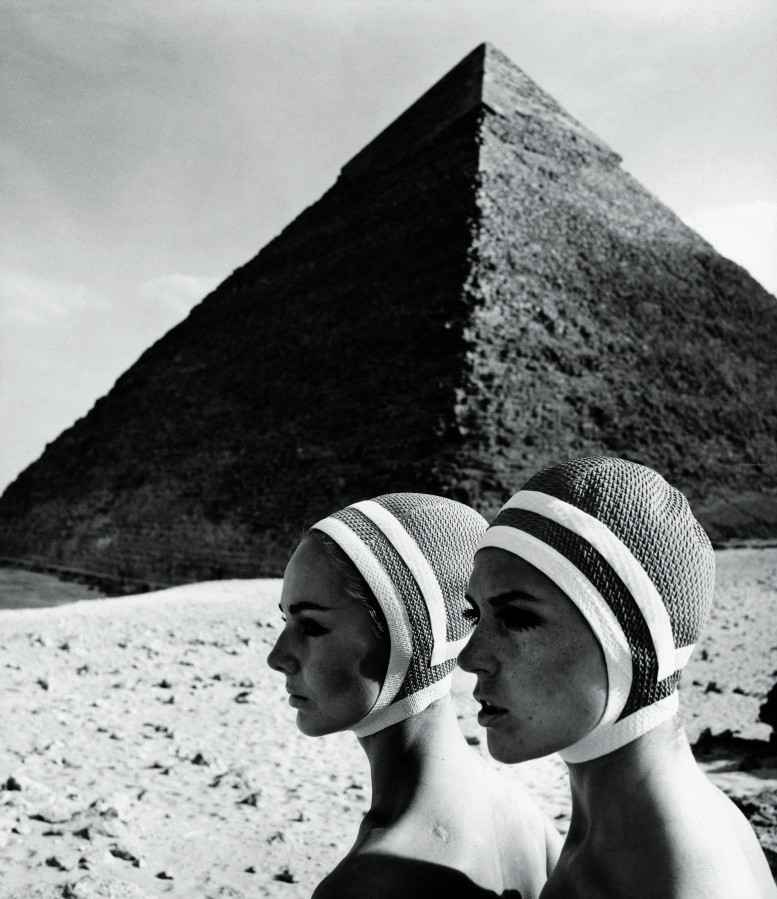 "Op Art-Fashion“, Gizeh/Ägypten 1966 In: Brigitte 10/1966 © F.C. Gundlach
"Op Art-Fashion“, Gizeh/Ägypten 1966 In: Brigitte 10/1966 © F.C. Gundlach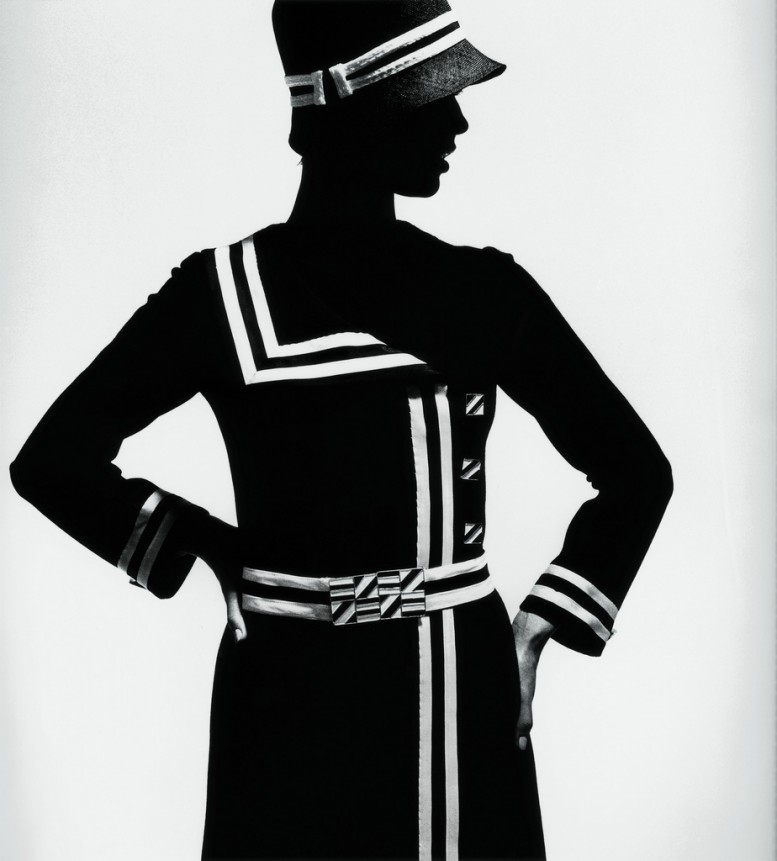 "Op Art-Silhouette“, Jerseymantel von Lend, Paris 1966 In: Brigitte 4/1966 © F.C. Gundlach
"Op Art-Silhouette“, Jerseymantel von Lend, Paris 1966 In: Brigitte 4/1966 © F.C. Gundlach